You’ll have been having a daily show for the past three months if you’re a fan of Basket Flower, Plectocephalus americanus, page 117, Dr. Al Richardson and Ken King book, “Plants of Deep South Texas.”
It’s really fun to spy the first leaves poking out of the earth in early March. Each year I wonder if I remember correctly what the leaves look like, hoping last year’s basket
The bunch of leaves grows, stalks soon begin pushing up, and I’m reassured of yet another sterling crop of basket flower blooms, and a couple of months of entertainment in the garden.
By the end of March, buds finally
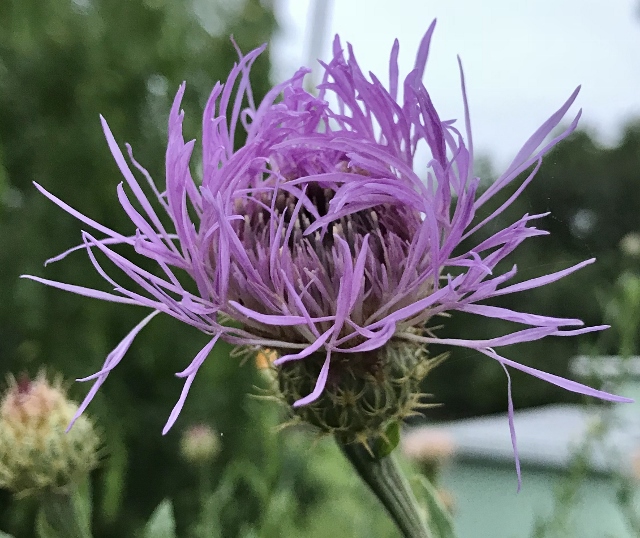
The “baskets” glow with their whorls of golden bracts.
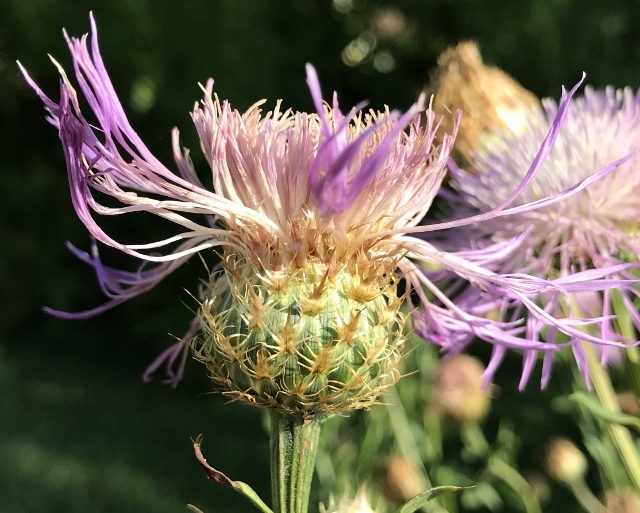
And the flowers mature.
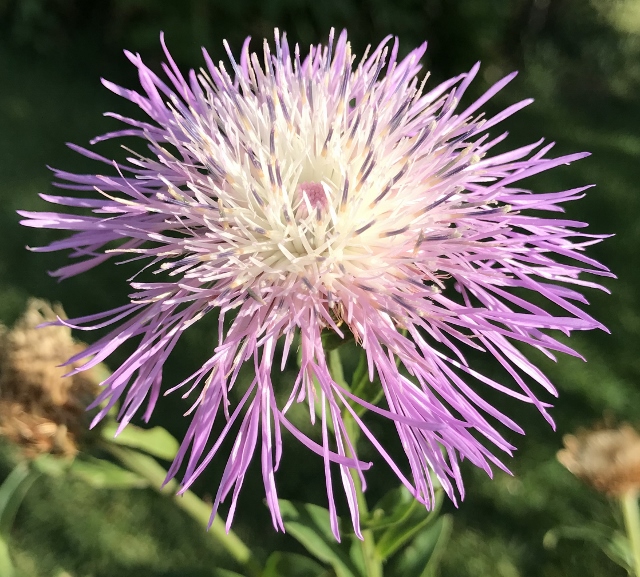
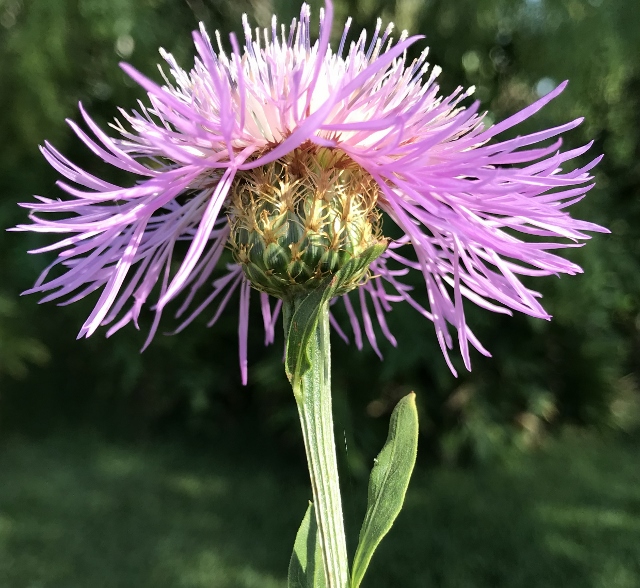
They provide a daily parade of visitors to observe and photograph — bugs, butterflies and bees.
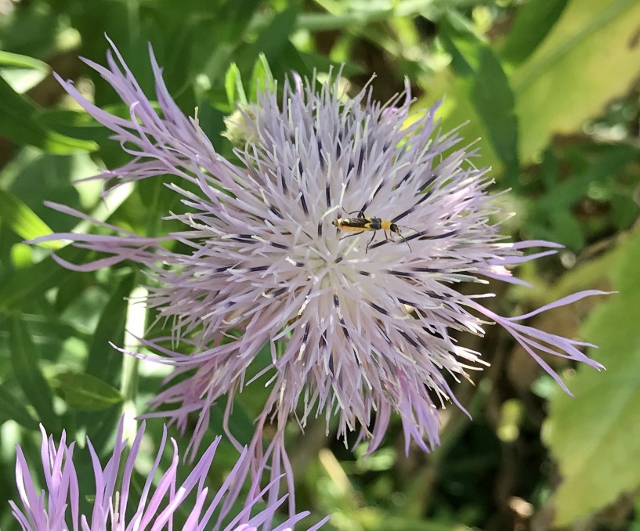
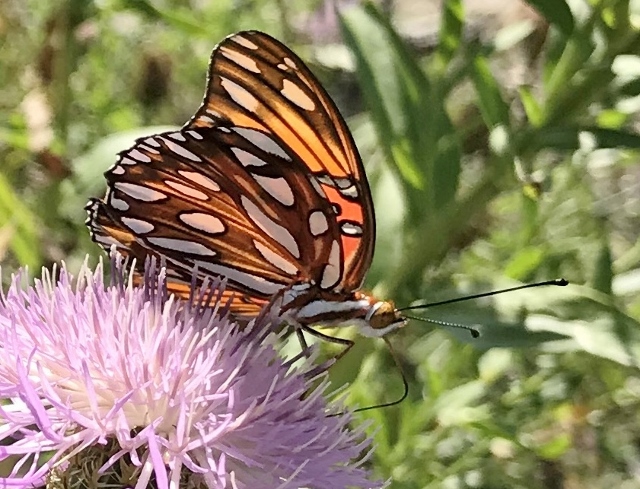
So it goes until about now, toward the end of May, when the colorful blooms are fewer, but the stalks remain, standing tall, blowing in the wind, the flower heads re-forming themselves, providing yet another adventure: Seed collecting.
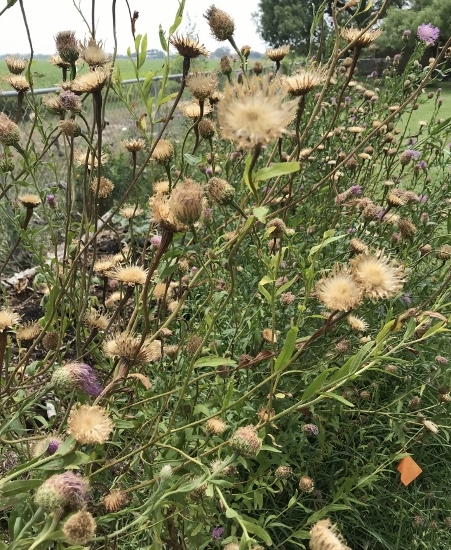
Seed collecting with basket flower is easy. The plant shows you when it’s time.
What I find interesting about the transformation process of the basket flower is that it is a study in repetition. First, the bud is formed in a spherical shape which opens to a colorful, flat “disk.” When the bloom is done, the disk closes, again forming a round shape similar to the bud stage.
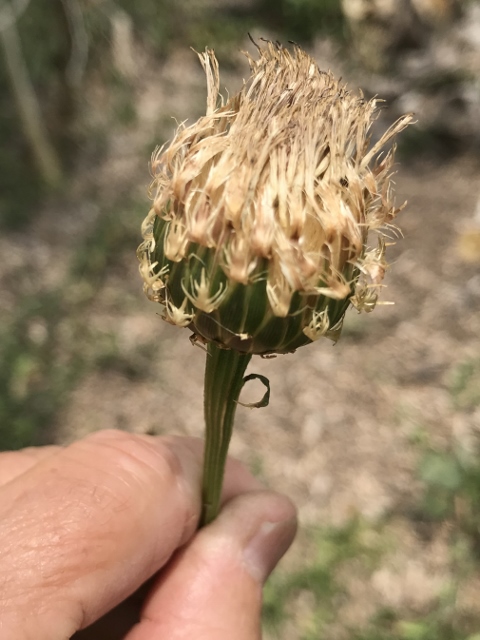
And then the sphere re-opens to a flat disk, only now it’s a glorious wheat color; instead of nectar and pollen, black seeds show ready to spill out.
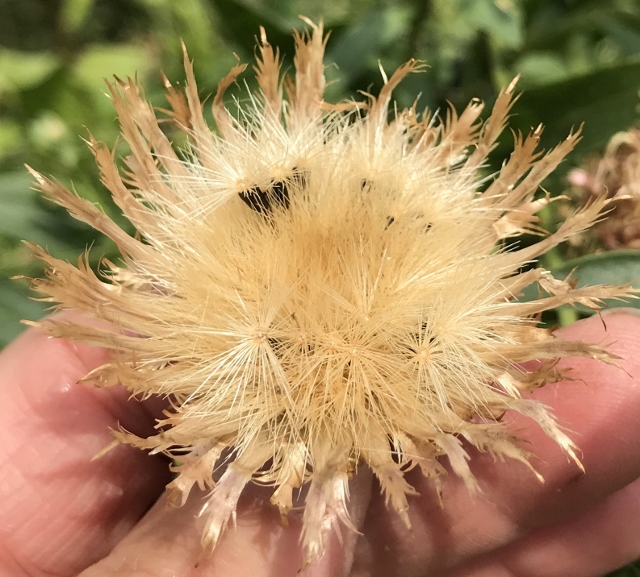
Another tell that the seeds are ready is that the stem and the underside of the flower head will have made some changes. The top of the stem will be dried out. It will no longer be green, but various shades of brown. The “basket” will have flattened out and have dried.
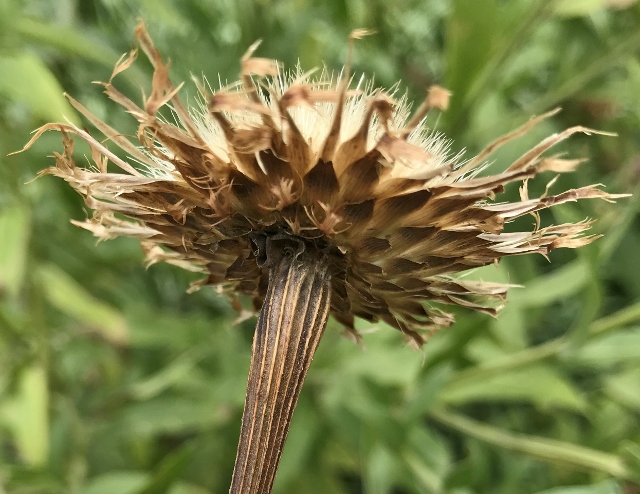
No doubt about it, the seeds are mature enough to collect.
Seed collecting is not without rules.
For basket flower, the first rule is to re-seed your own garden first. Believe me, there’ll still be plenty of seeds to share.
The second rule, collect seeds in the afternoon, after the sun and wind have dried the morning dew. Less chance for the seeds to mildew.
Collect seeds in something breathable, like paper or cardboard. If you use containers in other materials to collect the seed heads, transfer them to cardboard boxes, shoe boxes or paper envelopes as soon as you return from collecting.
For basket flower, I like to use a large cardboard oatmeal container because it has a wide mouth and large capacity, light weight and easy to hold in one hand while using a pair of clippers in the other. There are many types of hand clippers, sharp ones make the task easier.
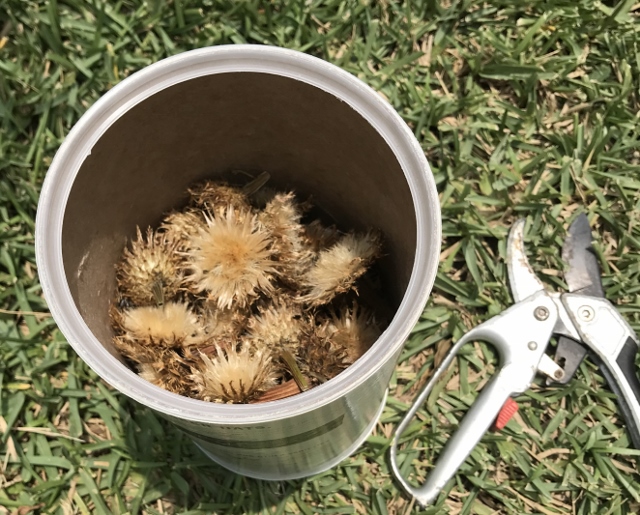
If not collected, basket flower seeds will begin dispersing themselves and landing who knows where — especially in the strong winds we’ve had lately. Notice the lovely whirlybirds attached to the seeds in the photo below.
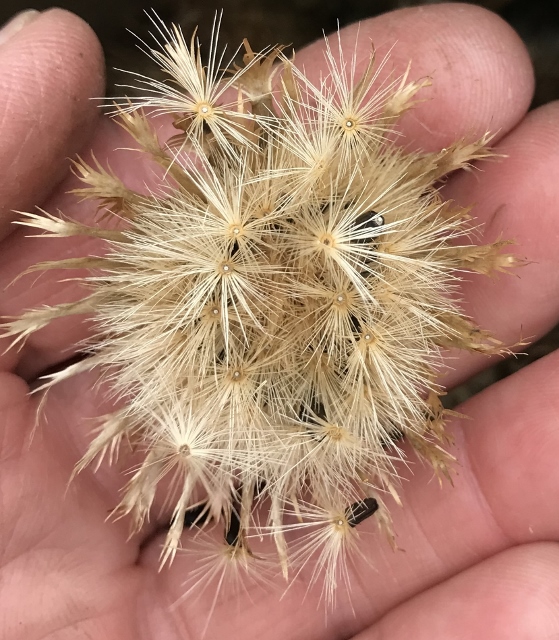
It’s relatively easy to de-seed basket flower seed heads although I prefer to give the seed heads away soon after I’ve collected them from the field. That way the recipient gets to do the work extracting the seeds from the chaff, and cleaning and storing the seeds. I admit to being lazy. Fortunately there are a number of people who have the patience and desire to prepare native seeds for packaging and exchange. I’m saving them the step of having to collect them, too. Each of us has his or her own calling.
When should the seeds be planted, you wonder? I take my cue from Nature. Since the plant, left to its own devices, would spill the seeds now, I say toss the seeds, now, where you want your stand of basket

Leave a Reply